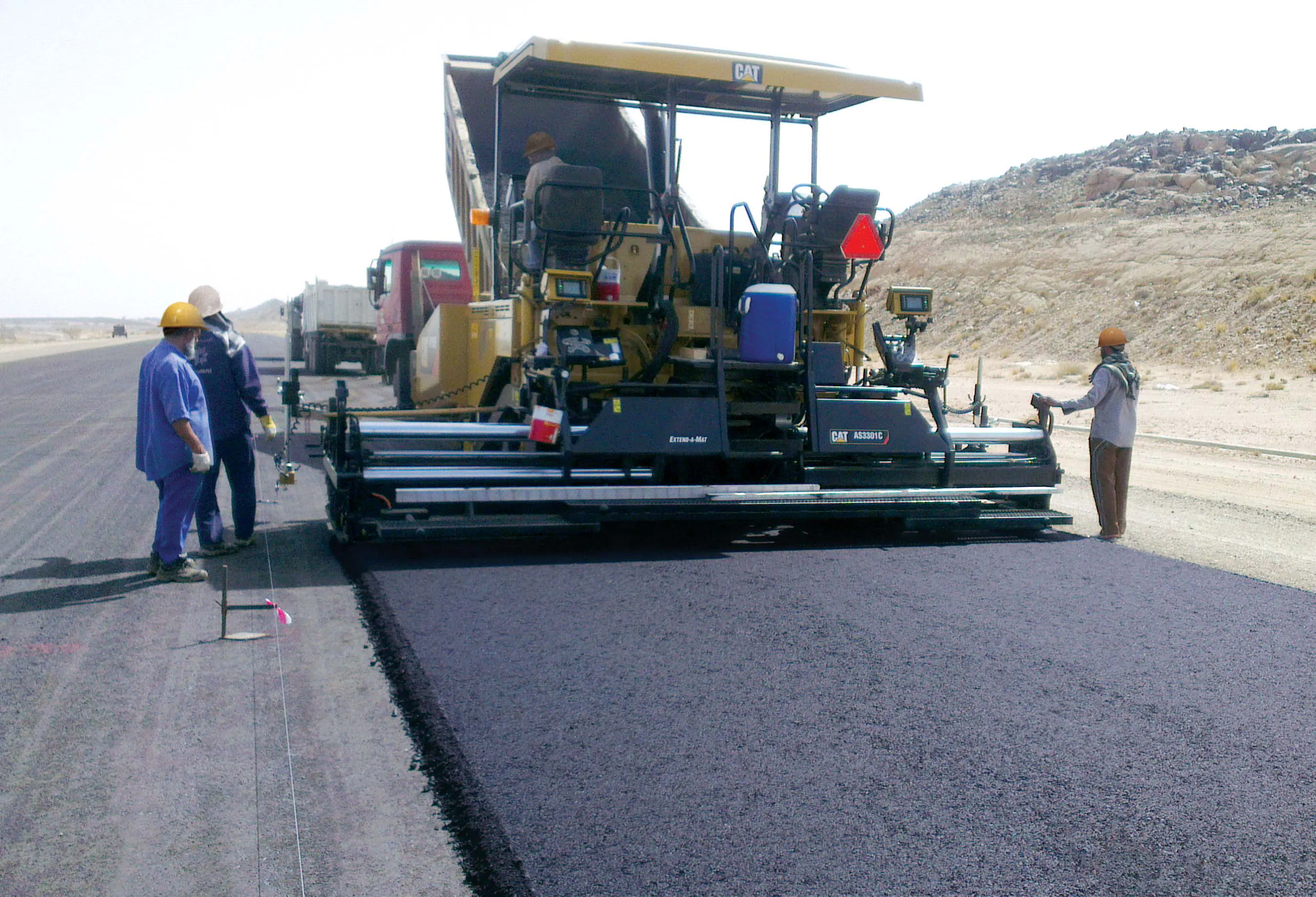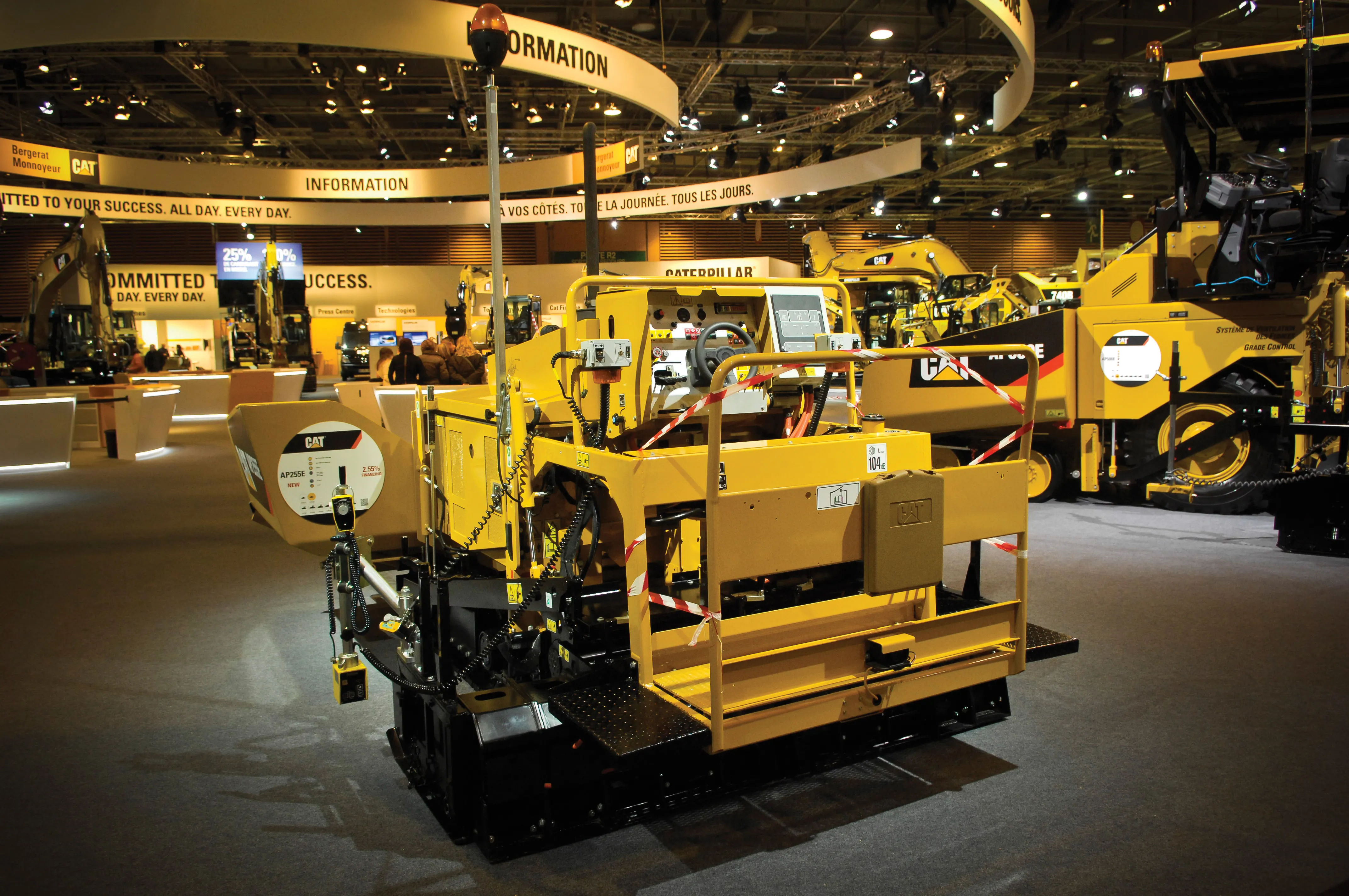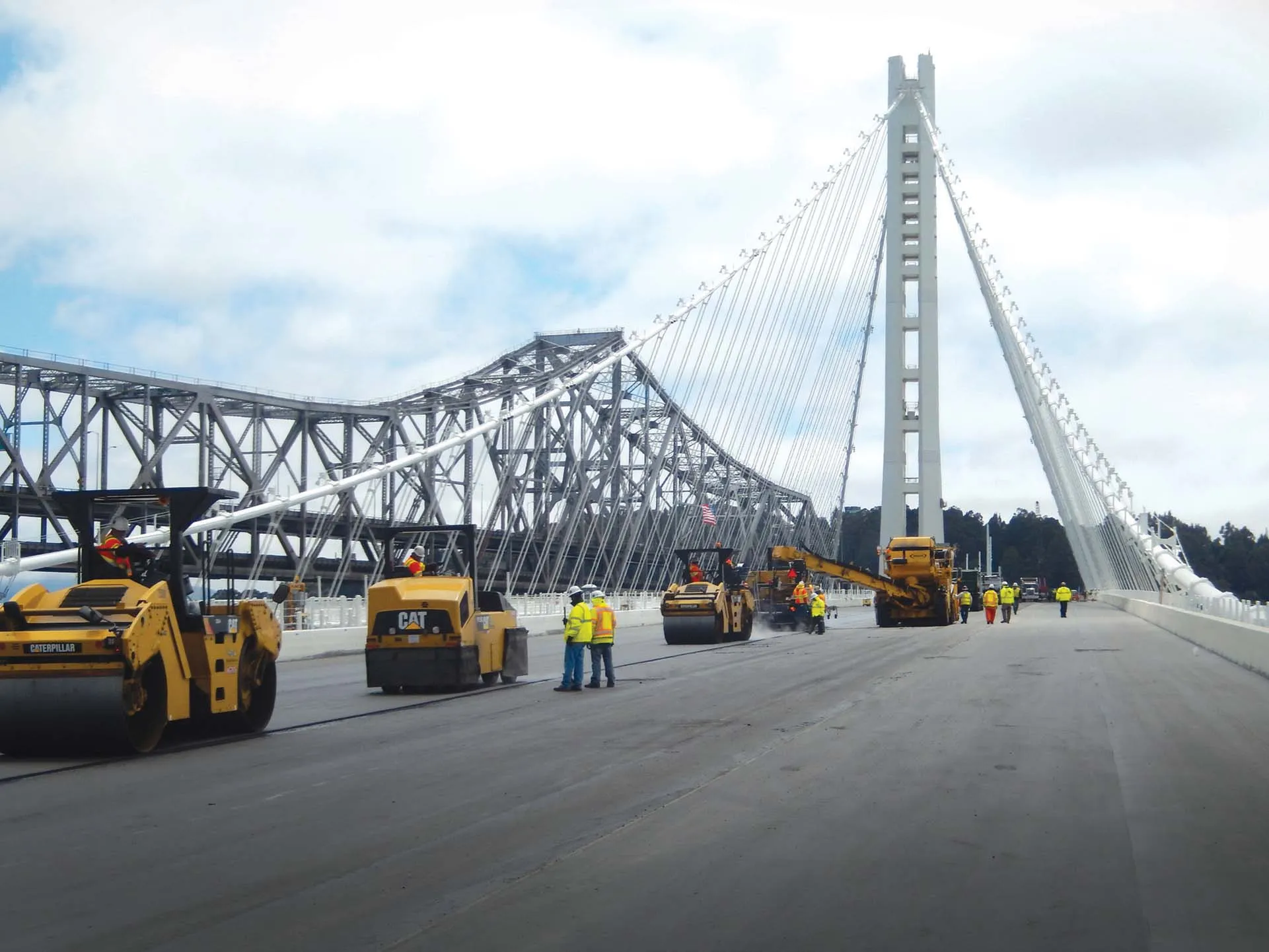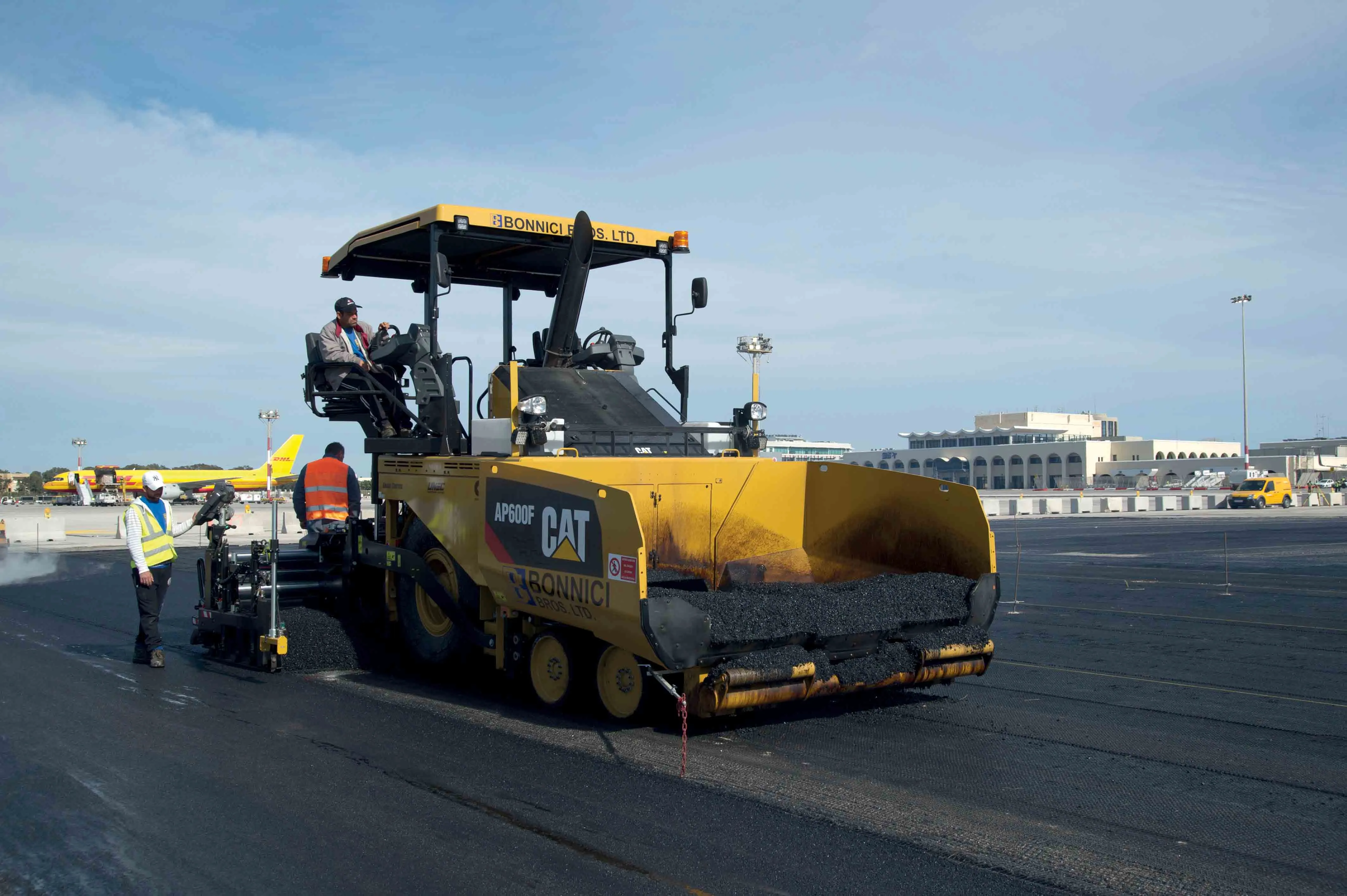Jeddah’s international airport in Saudi Arabia is benefiting from a major revamp to help boost capacity. The King Abdulaziz International Airport (KAIA) near Jeddah has seen a massive increase in passenger numbers in the last 20 years
Demand has continued to grow due to both business travel and religious tourism and the KAIA authorities opted to expand the facilities in 2006, in line with anticipated needs. That first phase of the planned expansion is being completed during this year, making KAIA the la
October 2, 2014
Read time: 3 mins

Jeddah’s international airport in Saudi Arabia is benefiting from a major revamp to help boost capacity. The King Abdulaziz International Airport (KAIA) near Jeddah has seen a massive increase in passenger numbers in the last 20 years
Demand has continued to grow due to both business travel and religious tourism and the KAIA authorities opted to expand the facilities in 2006, in line with anticipated needs. That first phase of the planned expansion is being completed during this year, making KAIA the largest airport in Saudi Arabia (it had been the third largest). When complete, the airport will have the capacity to handle up to 80 million travellers/year, allowing for anticipated demand.
Contractor Al Mabani has placed the asphalt for much of the project, working with main contractor2800 Saudi Binladin Group. Al Mabani first placed asphalt for aprons and taxiways and then went to work on the runways, using two Cat AP1055E pavers fitted with AS3301C screeds. The pavers placed five layers of asphalt, totalling 420mm. Meanwhile two layers of polymer modified mix were laid to a depth of 60mm each, followed by three layers of Marshall mix at 100mm each.
The screeds were set up to pave widths of 6m, and generally operated with a production rate of 5m/minute. Trucks with haul capacities of 30tonnes apiece were used to feed the pavers. The plant, about 2km from the runway, had a capacity of 150tonnes/hour. The mix was placed at a temperature of 150oC, while the aggregate size ranged from 25-37mm to meet the Marshall design.
The project was of note in Saudi Arabia as Al Mabani was the first customer in the kingdom to use pavers featuring the4018 Caterpillar Paving Mobil-Trac System (MTS) undercarriage, which performed well in the application. Key to the undercarriage design is its fully-bogied support rollers that maintain contact with the surface and minimise deviations and tow point movement, helping deliver a smoother surface. In addition, the Mobil-Trac System combines the traction of track pavers with the speed and mobility of wheeled pavers.
Quality control was another benefit. An Al Mabani project manager stated there will be fewer final mat level issues due to debris on the paving surface, an important point for an airport paving application. The machines were supplied through7893 Zahid Tractor, the Cat dealer for Saudi Arabia, providing support and operator training and expertise in selection of the machines.
The airport features a 670,000m2 passenger terminal complex spread over a twin crescent footprint, with 46 contact gates and 94 boarding bridges, including double-deck A380 access. The facility includes premiere lounges, airside hotel, catering and retail facilities as well as an internal Automated People Mover, linking the passenger processors and the international hub. The Transportation Centre has an integrated rail station to optimise travel connections, as well as a sophisticated baggage handling system with more than 60km of belts and the latest air traffic control technology with a tower more than 136m high
Demand has continued to grow due to both business travel and religious tourism and the KAIA authorities opted to expand the facilities in 2006, in line with anticipated needs. That first phase of the planned expansion is being completed during this year, making KAIA the largest airport in Saudi Arabia (it had been the third largest). When complete, the airport will have the capacity to handle up to 80 million travellers/year, allowing for anticipated demand.
Contractor Al Mabani has placed the asphalt for much of the project, working with main contractor
The screeds were set up to pave widths of 6m, and generally operated with a production rate of 5m/minute. Trucks with haul capacities of 30tonnes apiece were used to feed the pavers. The plant, about 2km from the runway, had a capacity of 150tonnes/hour. The mix was placed at a temperature of 150oC, while the aggregate size ranged from 25-37mm to meet the Marshall design.
The project was of note in Saudi Arabia as Al Mabani was the first customer in the kingdom to use pavers featuring the
Quality control was another benefit. An Al Mabani project manager stated there will be fewer final mat level issues due to debris on the paving surface, an important point for an airport paving application. The machines were supplied through
The airport features a 670,000m2 passenger terminal complex spread over a twin crescent footprint, with 46 contact gates and 94 boarding bridges, including double-deck A380 access. The facility includes premiere lounges, airside hotel, catering and retail facilities as well as an internal Automated People Mover, linking the passenger processors and the international hub. The Transportation Centre has an integrated rail station to optimise travel connections, as well as a sophisticated baggage handling system with more than 60km of belts and the latest air traffic control technology with a tower more than 136m high









